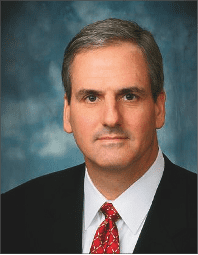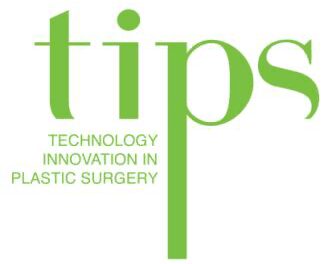
SEO may have changed a lot in recent years, but it still matters
By David Evans, PhD, MBA
Is SEO dead?
The answer depends wholly upon whom you ask.
Content writing companies will tell you that SEO is DOA (dead on arrival).
Search engine marketing companies say there’s no pulse, and suggest the entire marketing budget instead go to pay-per-click advertising and/or ad retargeting,
The public relations community says SEO is basically in hospice care, and they suggest that Internet marketing is about media outreach.
The internal practice marketing team agrees, and calls for a shifting of the budget to printed newsletters and internal practice programs, including optimizing referral systems and training staff to better field calls and more seamlessly schedule consults.
Social media companies say SEO is not worth reviving because it pales in comparison to likes, followers, and re-tweets.
Reputation management companies claim SEO is being kept alive only by reviews.
Old-school link building companies believe the death of SEO has been greatly exaggerated, and that a strong inbound link network is and always will be the key for high rankings and traffic.
The truth is, they are all a little bit correct.
THE BALANCING ACT
Before 2012, SEO was one-dimensional. If your site had a high number of inbound links with related anchor text, you were golden. Where the links came from was not necessarily germane, and a great link network could compensate for poor site structure or canned content.
But that was then.
Today, SEO is a balancing act. Google takes a macro-level view of your online footprint; the search giant can be very judgmental, not to mention all-knowing. If you purchase inbound link packages from low-quality websites, Google knows. If the content on your blog and social media is simply replicated procedure information from your website, Google knows. If you have 500 positive reviews and your competitors have less than 30, Google knows. And as you know, Google penalties can be swift and severe.
FEED THE MACHINE
So how can your site survive and thrive under the new regime? It’s all about creating a high-quality brand to support the services and products you offer. This can be done through site design, structure, and content with a little social media, reputation management, and publicity thrown in.
Compelling content sets you apart from other websites—period. If your content is canned and similar to the content on other surgeons’ websites, Google won’t see your site as a unique resource. The content should shine a light on the breadth of procedures performed at the practice, as well as ancillary information that prospective patients may find interesting. Continuously adding engaging content to your website is a must to build your online brand.
Site design matters, too. Websites that resonate with search engines are dynamic. They mix and match content and graphics, including infographics, slide galleries, charts, and quizzes. The site design should be lively and engaging.
What about the other factions? Facebook likes, Twitter followers, and Pinterest pinboards all show Google that consumers support your practice. Reviews show Google that consumers support your brand. Importantly, Google considers links from other high-quality websites to be “votes” for your site.
PR also counts. Google constantly crawls the websites of newspapers, TV stations, and magazines. If PR companies can get your brand mentioned on these, it will enhance your online brand, and boost rankings and traffic.
Today, SEO is about building your online brand from multiple vantage points. There is not just one strategy involved anymore. SEO is not dead. It simply requires a more sophisticated, big-picture strategy.
David Evans, PhD, MBA, is the CEO of Ceatus Media Group, based in San Diego. His column, “The Edge,” appears in every issue of Plastic Surgery Practice. He can be reached via [email protected].
Original citation for this article: Evans D., Is SEO among the walking dead?: SEO may have changed a lot in recent years, but it still matters. Plastic Surgery Practice. 2014; April: 8.



